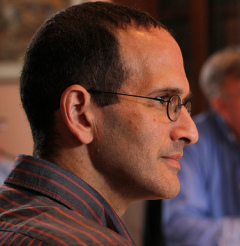[Editor’s Note: This post was adapted from a talk by Ray Barfield at the January 2015 DIFW Healthcare Forum. This is the first of three articles by Dr. Barfield.]
I just finished a few weeks on inpatient oncology where I diagnosed a 15 year old with leukemia after a massive brain bleed and diagnosed a 13 year old with lymphoma after she showed up in the ER unable to breathe because of cancer squeezing her trachea shut. 15 years old. 13 years old. I am 50 years old and I feel like I have barely begun life. And I am acutely aware of the fact that if a 15 year old and a 13 year old are spending their nights in the ICU facing life-threatening diseases, I am a fool if I put my confidence in some guarantee that I will have, on average, 32.5 more years to say and do what I have not yet been able to say and do.
I feel rushed. I feel rushed because I am rushed. And that is fitting. When we feel rushed it is fair to ask what we are rushing towards, and it is fair to ask whether or not it really matters. Why? Imagine that you have a bag full of gold coins that represent the days you have to live. Each day you reach in the bag, grab a coin, and trade it for something. Here are the rules: you can’t store up the coins for a rainy day and you can’t give your coins away to a needy or beloved person – you must spend them, one at a time. You have no choice but to trade them for something. The tricky thing is that you don’t know how many coins are in the bag. So you better make sure that when you trade one of your days for something, it is worth it. But when I trade my day, I am one day closer to dying. That’s why it matters.
So you have to spend your days, one by one. And you do not know how many coins, how many days, you have in your bag. Guess what … that means that you and I are in the same situation as every patient on a ventilator, dialysis, and cardiac meds in the intensive care unit right down the street from us.
Take that as a given – because it is a given. What kind of information do you need to make a good decision about how to trade these coins, how to trade your days? What facts about the universe would change the way you think about how you ‘spend your time’?
The question that I just asked is the key to solving almost every problem we face about end-of-life care in the US. If we really understood this, we would understand how to ask questions at the end of life, and we would better understand how to make decisions at the end of life. If we could understand the value of a day, and the reason a day matters – if we could pay attention to living in this way – we would be much more clear on what death is and why it matters, and this would help us have much more interesting debates about what healthcare should change about its approach to end-of-life issues. Instead, at the end of life we tend to act in way that I call ‘just doing what comes next’, and we waste the end of our lives ‘doing what comes next’ because we are terrified of death and would rather pretend it is not real than to do the work of learning to live our last days well.
There are two big obstacles to good end-of-life care in this country. One obstacle is the way we form doctors. The other obstacle is the way we form patients facing death. And I want to be clear: by ‘patient facing death’ I also mean me. And – spoiler alert – I mean you. Two obstacles.
For many people the unknown that lies beyond the threshold of death is simply the most terrifying thing in all human comprehension, precisely because it defies human comprehension. In the past the worry was over judgment and there was a sense of terror at the thought of dying unprepared. Our contemporary imagination fixated on the realization and fulfillment of the individual self, the biggest fear in death is simply oblivion. It is rationally hard to square the myriad complexity and texture of human existence before death with the total emptiness afterward.
Watching mundane biological processes, we imagine being left with bodies and worms, a complete annihilation of the self.
The journey towards seeing life and death more truly is difficult, but there are no short cuts, and generalizations do not help. If we want to create better care at the end of life, better policy about medical care, and better experiences in the cauldron of illness, suffering, and death, we have to seek out reality, and we have to refuse to settle for less than what is real and true.
The legacy bequeathed by the practice of euthanasia is a world that has turned life into a disposable commodity, sees memory as a burden and hope as a fantasy, assumes friendship is inadequate and that we each die alone, and thus has no particular use for patience and courage, the only virtues that can really give us a good death.
I am a better doctor, and I will be a better patient at the end of my life (I hope), because I am in training, within a particular story that shows me something deep and true about who I am and about the world I live in. My story centers on the life, death, and resurrection of Jesus. This is the light in which I see everything else. Inside that world, medicine is a servant, but it does not, and cannot, tell me the meaning of anything. Medicine is not the story – it is one actor inside the story. Until we form doctors to understand this, and until we become people dedicated to the whole fabric of our life-story, our conversations about the mystery of our approaching death, and the ways we should act on that uncanny threshold, will never get us where we need to be. And – if I haven’t said it often enough – time is short. But I think it is the key to every conversation about end-of-life care.

